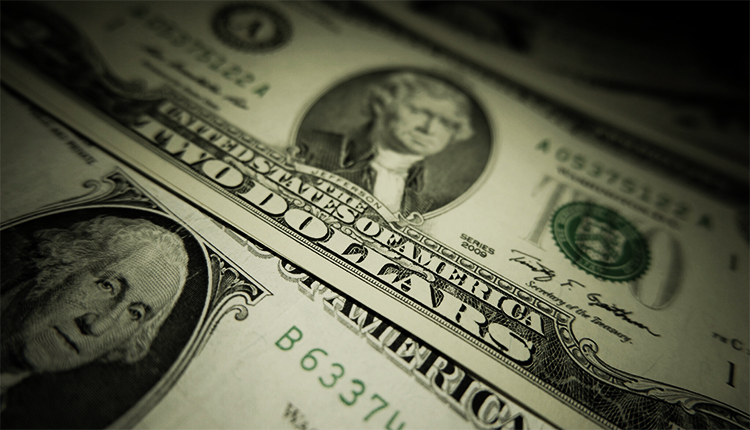The U.S. currency rose on Thursday after a reading of U.S. consumer prices came in higher than expected, pushing the U.S. dollar up against major currencies as the data suggested the central bank could be more aggressive in fighting rising inflation.
The consumer price index (CPI) rose 0.6% last month from December according to the Labor Department, while in the 12 months through January, the CPI rose 7.5%, the biggest year-on-year increase since February 1982.
The dollar index which tracks the U.S. currency against a basket of currencies advanced 0.38%.
The hot reading indicated the central bank will raise interest rates when policymakers meet in March.
The two-year U.S. Treasury yield, which usually moves in step with interest rates expectations, reached 12.5 basis points at 1.473%. Notably, the yield on the benchmark 10-year Treasury note surpassed 2.0%, before easing a bit at 1.998%.
The Swedish central bank made the decision to keep its monetary policy plans broadly unchanged. The central bank’s position helped the U.S. currency to post its biggest gain against major currencies. The Swedish crown dropped 1.73% versus the U.S. currency at 9.28 per dollar.
U.S. currency and risk-sensitive currencies
Against the euro, the European common currency declined 0.34% to $1.1383. The Japanese yen declined 0.70% against the greenback at 116.30 per dollar.
Earlier, the Japanese yen fell to its lowest point in a month against the U.S. currency. The Bank of Japan made an interesting announcement. The country’s central bank said it would intervene in markets by offering to buy an unlimited amount of 10-year Japanese government bonds at 0.25%.
The risk-sensitive Australian dollar gained 0.3% to $0.72025, while the New Zealand dollar was also a touch higher.















